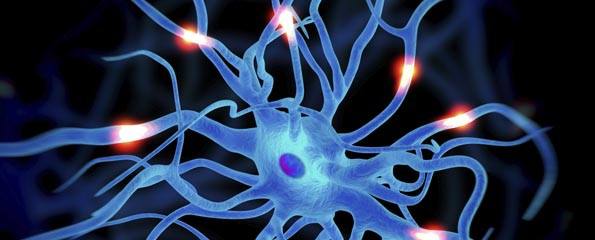Snake venom may hold key to Alzheimer’s disease
A toxic protein called amyloid beta is thought to play a key role in the onset of Alzheimer’s disease. In healthy people, amyloid beta is degraded by enzymes as it forms. However, in patients with the disease, these enzymes appear unable to adequately perform their actions, causing the toxic protein to accumulate into plaque deposits, which many researchers consider leads to dementia.
One of the Holy Grails of the pharmaceutical industry has been to find a drug that stimulates these enzymes in people, particularly those who are in the early stages of dementia, when amyloid plaques are just starting to accumulate.
Monash researchers have discovered what could well be this elusive drug candidate– a molecule in snake venom that appears to activate the enzymes involved in breaking down the amyloid plaques in the brain that are the hallmark of Alzheimer’s disease. Dr Sanjaya Kuruppu and Professor Ian Smith from Monash University’s Biomedicine Discovery Institute have just published their research in Nature Scientific Reports.
Dr Kuruppu has spent most of his research life studying snake venoms, looking for drug candidates. When he began researching Alzheimer’s disease he says that “snake venom was an obvious place for me to start.”
He was looking for a molecule that would stimulate the enzymes to break down the amyloid plaques. What he found, when screening various snake venoms, was in fact one molecule with the ability to enhance the activity of two plaque degrading enzymes. This molecule was extracted from a venom of a pit viper found in South and Central America. Dr Kuruppu and his team have developed synthetic versions of this molecule. Initial tests done in the laboratory using human cells have shown it to have the same effects as the native version found in the snake venom.
Dr Kuruppu is one of the four researchers in Australia to receive funding from the National Foundation for Medical Research and Innovation to conduct further testing of this newly-identified molecule.
(Source: Monash University, Nature Scientific Reports)
Dates
Tags
Created by:

 Login
Login














